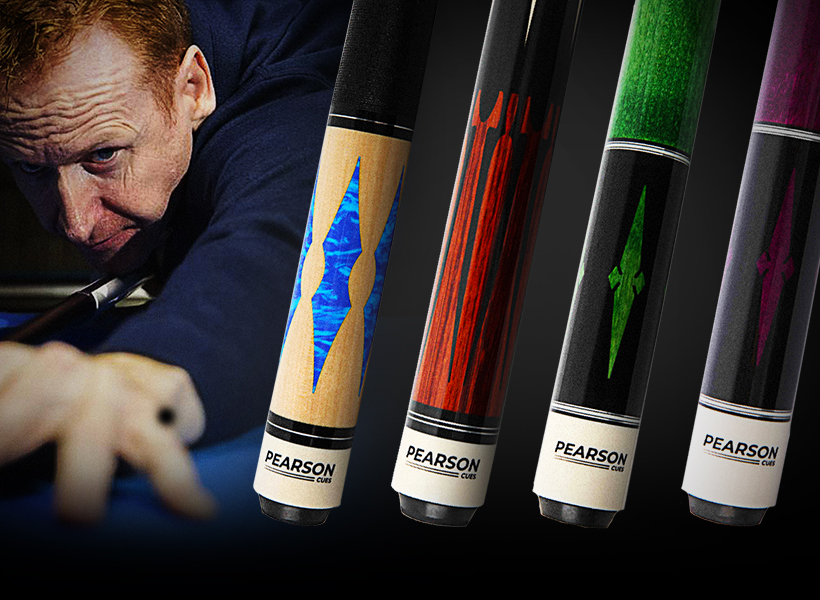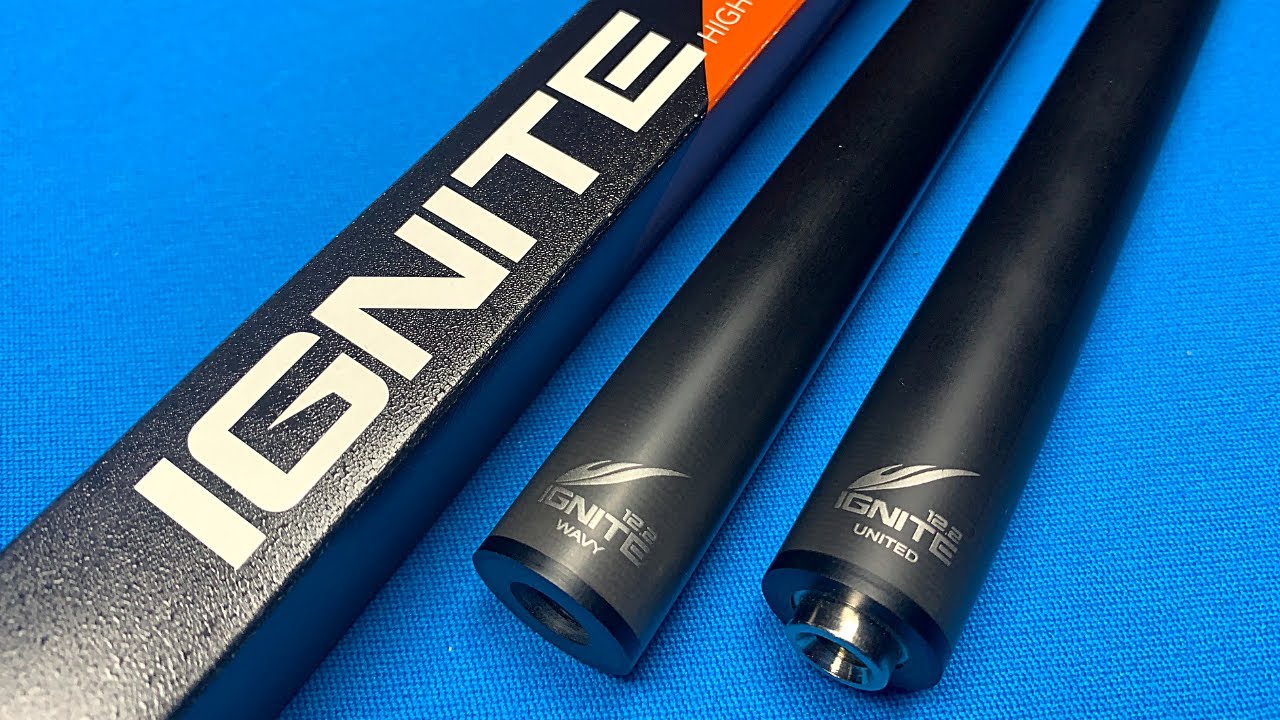Are you ready to elevate your pool game to a level you've only dreamed of? The future of precision and power in cue sports is here, and it's crafted from carbon fiber.
The world of pool cues is undergoing a revolution. Gone are the days when wood was the undisputed king. Today, a new contender has emerged: carbon fiber. It's not just a trend; it's a paradigm shift, promising unparalleled performance and longevity. For enthusiasts and professionals alike, the quest for the perfect shot has led to a fascination with this advanced material. Carbon fiber cues offer a unique blend of characteristics that traditional wooden cues simply can't match. From the moment you hold one, the difference is palpable: a feeling of solidness, balance, and responsiveness that can transform your game. The journey to mastering the perfect break, the precise cut, and the effortless spin has taken a significant leap forward with the advent of this remarkable technology.
Now, lets delve into the world of carbon fiber cue shafts and examine the leading players in the market. We will uncover the features, the benefits, the advantages and disadvantages and the leading brands that are defining this new era of cue sports. We will examine the impact this innovative material has on the craft of playing pool. Our discussion will include brands such as Predator, Cuetec, McDermott, and more, taking a comprehensive look at what they offer, and helping you make the perfect decision to raise your game to the next level.
The best carbon fiber pool cue shafts are becoming increasingly popular among professionals. This has to do with many advantages, compared to traditional wooden cues. We can suggest the 5 best carbon fiber shafts that are popular among professional players.
The impact of carbon fiber cannot be overstated. With a traditional wooden cue, deflection and accuracy might be a challenge. However, a carbon fiber cue will enhance the precision of your shots. The warp and damage resistance of a carbon fiber cue alone makes it worth spending the extra money.
Each shaft is meticulously engineered to help players achieve peak performance. Reinforced carbon fiber shaft construction enhances the durability of a shaft, thus minimizing the need for constant replacements and enabling you to save money. Also, the best carbon fiber cue shaft is less prone to bending or warping over time.
Fiberglass shafts are known for their durability and resistance to warping. They provide a consistent and smooth stroke, making them suitable for players with.
Here is a table representing 5 popular carbon fiber pool cue shafts:
| Shaft | Key Features | Pros | Cons |
|---|---|---|---|
| Cuetec Cynergy | 12.5mm and 11.8mm, low-deflection, enhanced control | Excellent hit feel, superior accuracy, renowned brand | Can be pricier, some players may prefer a different feel |
| Predator REVO | 12.4mm, low-deflection, lightweight, carbon fiber construction | Reduced deflection, smooth feel, high-tech design | Pricey, requires adaptation to a new feel |
| McDermott Defy | 12.75mm, low-deflection, multi-layered carbon fiber | Good power transfer, reliable performance | May not suit all playing styles |
| Meucci Carbon Fiber | 12.75 mm, low-deflection, carbon fiber core | Great feel, reliable | Relatively higher price, may need adapting |
| Pearson Carbon Clear Shaft Joss | Clear shaft with carbon fiber construction | Good look and feel, strong carbon fiber | Requires some getting used to |
For many players, the biggest advantage of carbon fiber is its significantly reduced deflection. Deflection is the amount the cue ball deviates from a straight line after hitting it with side spin. A carbon fiber shafts inherent rigidity minimizes this, making it easier to predict where the cue ball will go, thus increasing accuracy. The stiffness also leads to a more efficient transfer of energy from the cue to the ball, meaning you can achieve greater power with less effort. The reduced deflection and increased power are key ingredients to mastering complex shots, such as jump shots, mass shots, and drawing the cue ball back towards you with impressive control.
The construction of carbon fiber cues often involves a combination of advanced manufacturing techniques, including the use of resin systems and high-pressure molding. The result is a shaft that is incredibly durable, and resistant to warping, dents, and damage. Unlike wood, carbon fiber shafts do not change their characteristics with variations in temperature or humidity, meaning the performance of the cue remains consistent, no matter the playing conditions. This consistency offers a clear advantage to players who want a cue that performs reliably, match after match.
The precision engineering of carbon fiber cues means that they are often designed to have a specific weight and balance. This allows players to choose a cue that is perfectly suited to their playing style. Many carbon fiber cues have a thinner shaft diameter, which helps players feel more in touch with the cue ball, enabling better control and shot making. These advanced features combine to give players a performance edge.
Lets compare carbon fiber cues with more traditional options. Wood cues have been the industry standard for a very long time, and are often associated with tradition and familiarity. Wooden cues have a distinctive feel and a proven track record. However, they are subject to natural inconsistencies, like warping and variations in weight, that can affect performance. Wooden cues are more susceptible to changes in humidity and temperature, which means they may require frequent adjustments.
Fiberglass cues are another option. They are known for their durability and consistency, offering a more cost-effective option than carbon fiber. However, fiberglass cues often lack the sophisticated feel of carbon fiber, and their performance may not match the precision and power of the more advanced material.
Choosing a carbon fiber cue shaft is an investment in your game. Before making a purchase, its useful to test out various cues and compare the feel and performance of different models. Consider the shaft diameter, the weight, the tip, and any specific technological features. Researching reviews and consulting with experienced players can also provide valuable insights. Ultimately, the best carbon fiber cue shaft is the one that feels right in your hands and complements your unique playing style. Carbon fiber shafts are available in various diameters. Many players prefer a 12.5mm or 11.8mm shaft, because of the feel and improved control this size offers.
The future of cue sports is undoubtedly tied to the advancement of carbon fiber technology. As the technology evolves, we can expect even greater levels of performance, durability, and customization, making the choice of a carbon fiber cue an attractive proposition for any serious player. By embracing this technology, you are not only enhancing your game today, but also investing in the future of pool.


